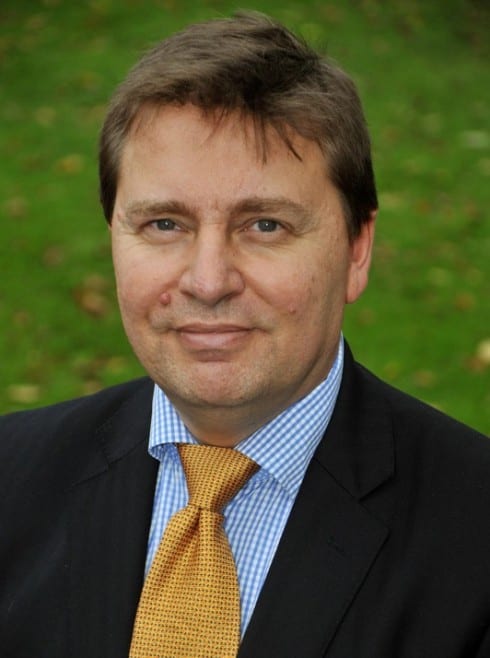 WITH all that has been written about Qualifying Recognised Overseas Pension Schemes, you are probably familiar with QROPS as an acronym and possibly have a vague idea that they are something to do with expat pensions, which is partly true.
WITH all that has been written about Qualifying Recognised Overseas Pension Schemes, you are probably familiar with QROPS as an acronym and possibly have a vague idea that they are something to do with expat pensions, which is partly true.
Their intention was certainly to allow people leaving the UK to be able to move their British pension funds overseas as well and, along the way, avoid the need to refer back to HMRC or pay any UK taxes. In fact, their use is much wider than that, but that’s another story.
In April 2015, new pension freedom rules were introduced in the UK for certain types of pension scheme, broadly known as DC schemes but the flexibility does not apply to DB schemes – oh no, even more acronyms!
DC stands for ‘defined contribution’ and describes the type of pension fund which has contributions invested, with the long-term benefits provided being determined by investment performance, the age of the individual when they come to draw on benefits and the financial climate at that time.
By contrast, a ‘defined benefit’ (DB) scheme will typically have a guaranteed level of benefits payable on death, or at retirement, which are determined by the length of service and salary level at the date of leaving or retiring, with the cost being met by the employer, whatever that cost may be.
So where does FAD come into the equation? The new pension freedoms enable people with DC pension schemes to decide what level of benefits to take. This is known as ‘flexi access drawdown’ (FAD). No longer are you told how much you can have by way of income; you decide yourself, but care is needed to make sure you don’t run out of money.
In the UK, with FAD, up to 25% of benefits taken will be tax free and the excess will be taxable as income, which enables excellent financial planning opportunities and creates some control over the overall level of tax payable.
So what about QROPS and does FAD automatically apply? The answer depends on where your QROPS is held as a jurisdiction. Most QROPS providers met HMRC requirements by agreeing that at least 70% of any transferred pension fund would be used to provide income and, if they are still bound by those rules, FAD cannot be applied.
Malta is an exception as it has a regulatory regime very similar to the UK and, as such, did not need to rely on the 70% rule to get approval for their QROPS. Consequently, FAD is now widely available through Malta-based QROPS.
If you have a QROPS which is not based in Malta and want FAD, you may be able to transfer to a new provider but that will need some careful planning because, in all probability, costs will be involved. And remember, the tax you pay will be determined by where you are tax resident.
Click here to read more News from The Olive Press.








There is no need to pay UK taxes on a UK pension if the terms of the double tax agreement allow. This would not justify a ROPS transfer alone and Spain has a double tax agreement with Spain.
Article 17
PENSIONS
Subject to the provisions of paragraph 2 of Article 18, pensions and other similar
remuneration paid to an individual who is a resident of a Contracting State, shall be
taxable only in that State.
DB costs are met by the scheme, there may be no longer an employer in place.
The regulatory regime of Malta is nowhere near as tight as the UK and that is not the reason it can have FAD. It is because it is in the EU.
Struggling to see why, as UK pensions now seem so good, people would move a QROPS to Malta rather than back to the better regulated UK.